For thousands of years musical instruments have been created and reinvented. Many Instruments around the world have changed their original ways of production for efficiency, consistency and overall demand for the instrument. There will always be some areas of the world where musical instruments are made as they always have. The African Djembe drum is one of those instruments.
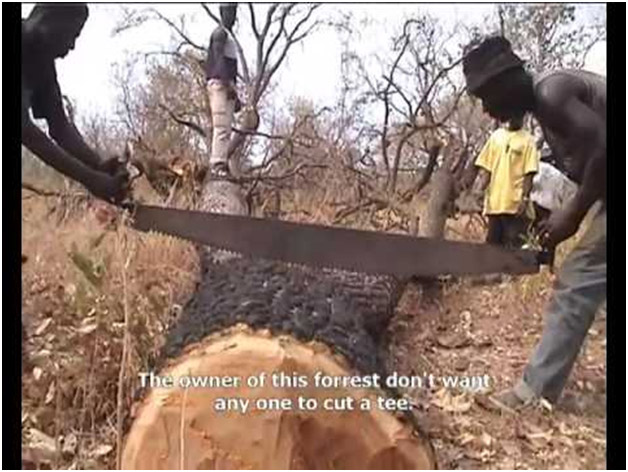
In Gambia, West Africa, the djembe creation is a beautiful experience.The djembe is crafted from a tree but, not just any tree, trees are specifically chosen in the depth of wooded areas known as the BUSH and the one chosen is usually very dry to ensure that the environment is not negatively impacted. In the harvesting of one tree, a total yield of djembe drums from any one tree varies from 8 – 15 drums.
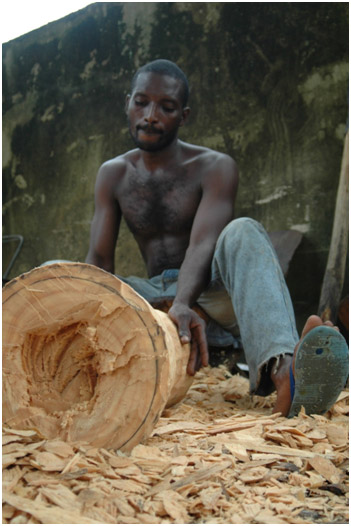
The drum is cut to size, debarked, and then internally carved to shape it. This position in the assembly is known as the Carver. Afterwards, the Djembe shell is brought to the neighboring village. Beneath the drumhead and at the top, metal rings are measured and fitted then, the djembe is brought to the welder to weld the metal to solidify the rings.
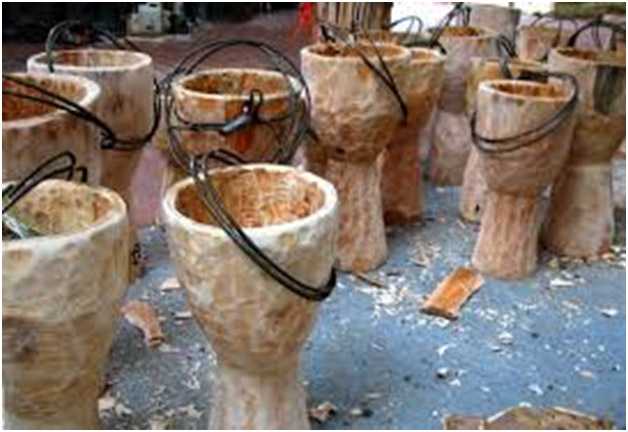
Next, the shell is brought to receive a fresh goat hide for the drum head. The skin is dried for several hours and is coated with the ash of the fireplace. Ash expedites the drying process and also wards off insects..
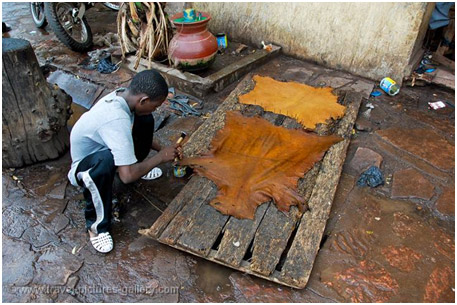
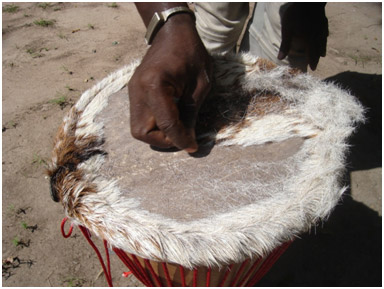
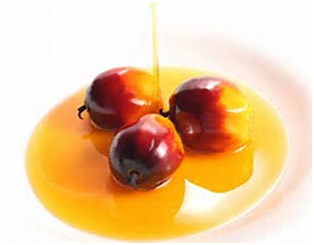
While the skin dries, Palm oil is gathered and is applied to the inside of the drum shell. Palm oil prevents the drum from cracking and promotes longevity. Knots are then tied equal distance apart around the top and bottom of the drum head. The skin is then stretched over the drum head and ropes are then weaved through the metal ring on top of the drum head to the bottom of the drum head to tighten the skin to the top of the drum head. The Drum head is then shaved and is completed!
The people of Gambia say that “a good drummer makes the Djembe speak.”
Excerpt from: sixdifferentways.com
Related posts: